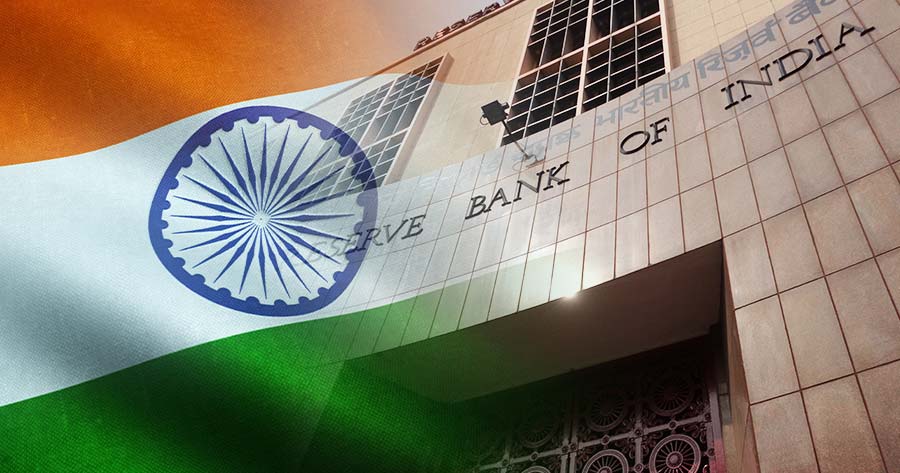India’s central bank cut its policy rate by 25 basis points to 6% on Wednesday, the lowest since September 2022, amid growing concerns over the country’s economic growth.
The rate cut decision by the Reserve Bank of India (RBI) aligns with analyst expectations polled by Reuters and comes as the U.S. is set to initiate reciprocal tariffs at midnight stateside, imposing a 26% levy on Indian imports.
In 4Q24, India’s GDP grew by a less-than-anticipated 6.2%, with projections that the economy will expand by 6.5% for the fiscal year ending March 2025, a significant decrease from the previous year’s 9.2% growth.
HSBC issued a note on April 7, predicting the new tariffs will cut 0.5 percentage points from India’s growth for the fiscal year ending March 2026, potentially exacerbated by decreased export volumes and dwindling foreign direct investment.
According to a CNBC report, Sanjay Mathur, ANZ’s chief economist for Southeast Asia and India, mentioned that India’s GDP growth faces risks, with sub-6% growth being a real possibility amid global economic perturbations. Mathur also highlighted concerns about an ongoing heatwave in India, potentially affecting agricultural output, a critical sector comprising 18% of the GDP.
The inflation rate of the world’s fifth largest economy has eased to 3.61% in February, driven by a decrease in vegetable prices, marking its lowest level since July 2024.
As per HSBC, India’s inflation is expected to average around 3.5% over the next six months due to declining food prices, while core inflation is likely to remain muted owing to the rupee’s appreciation, disinflation from China, lower oil prices, and subdued domestic growth.





